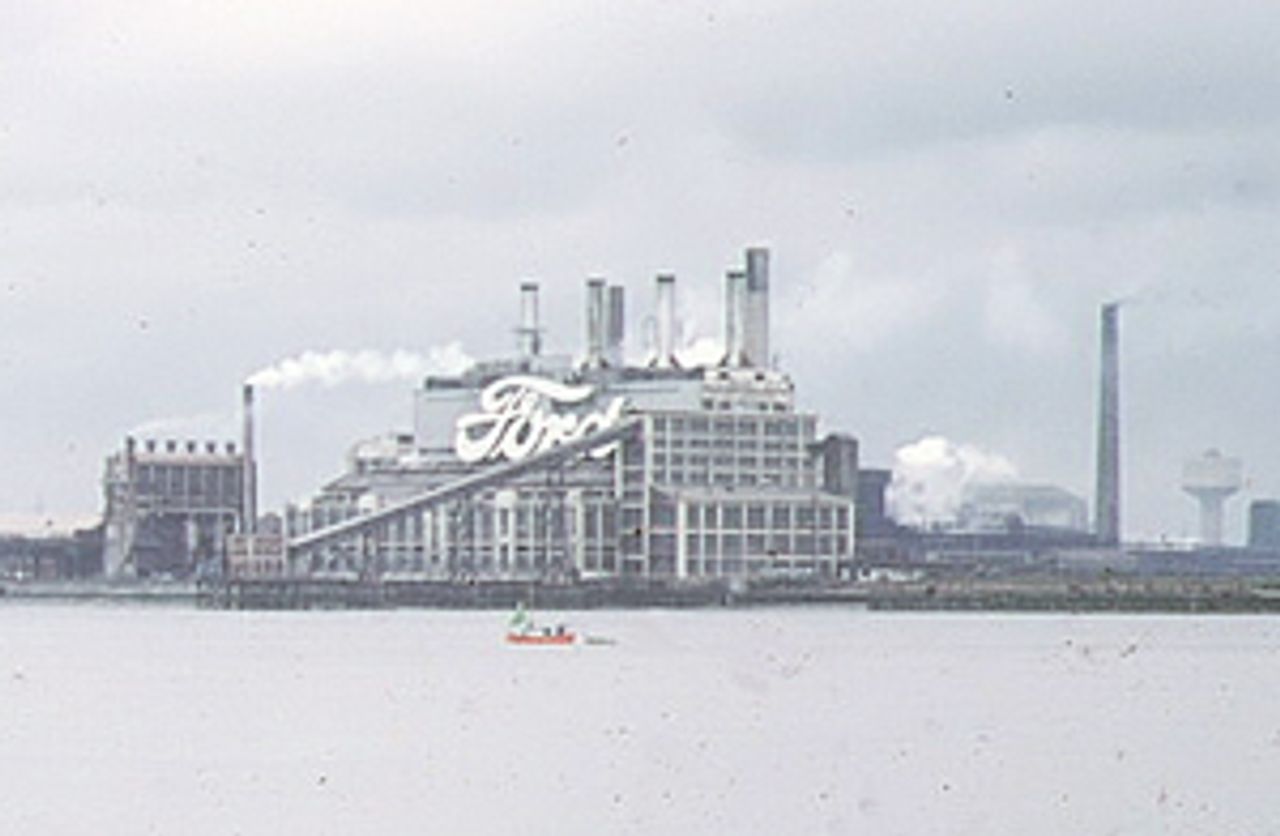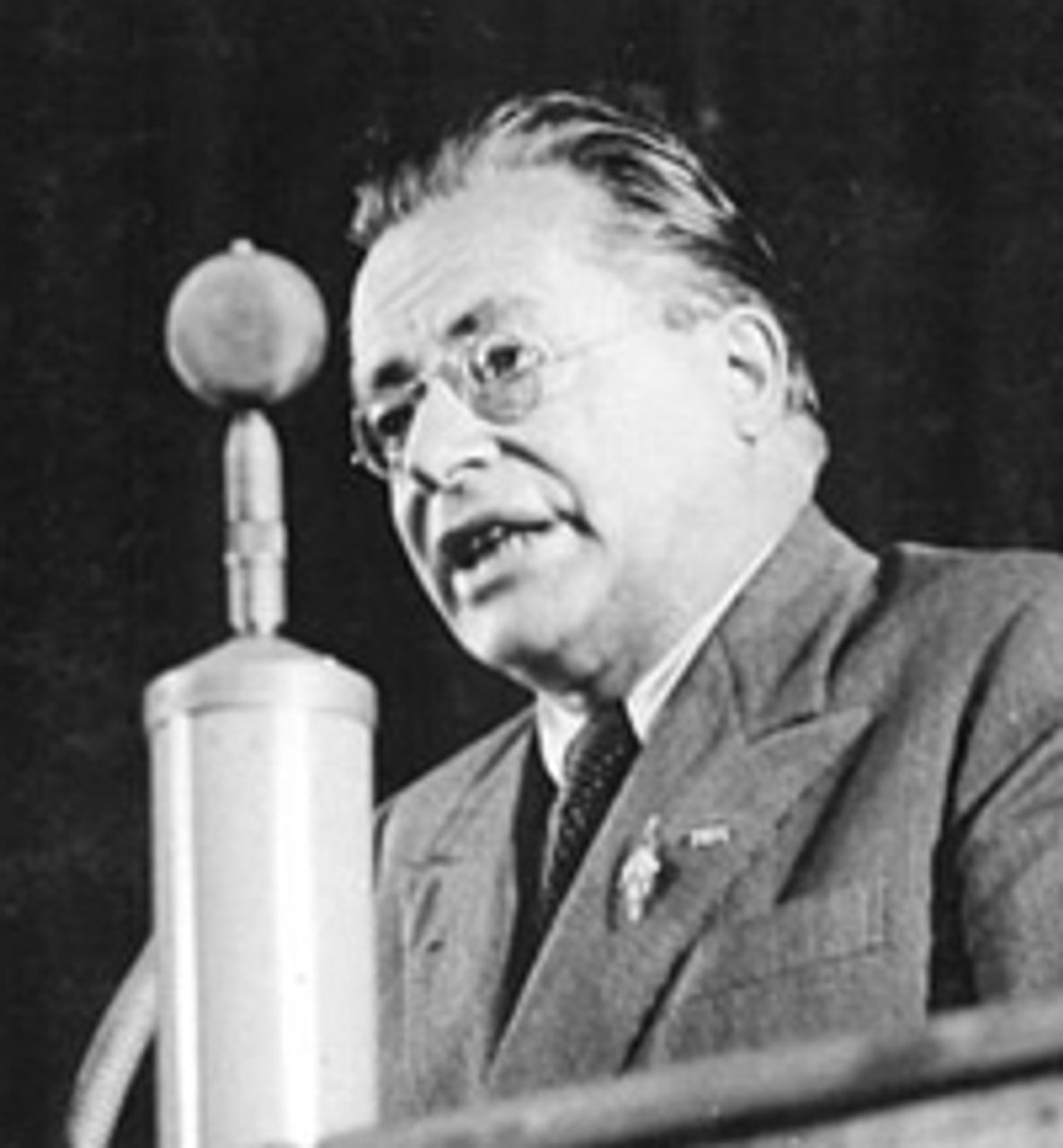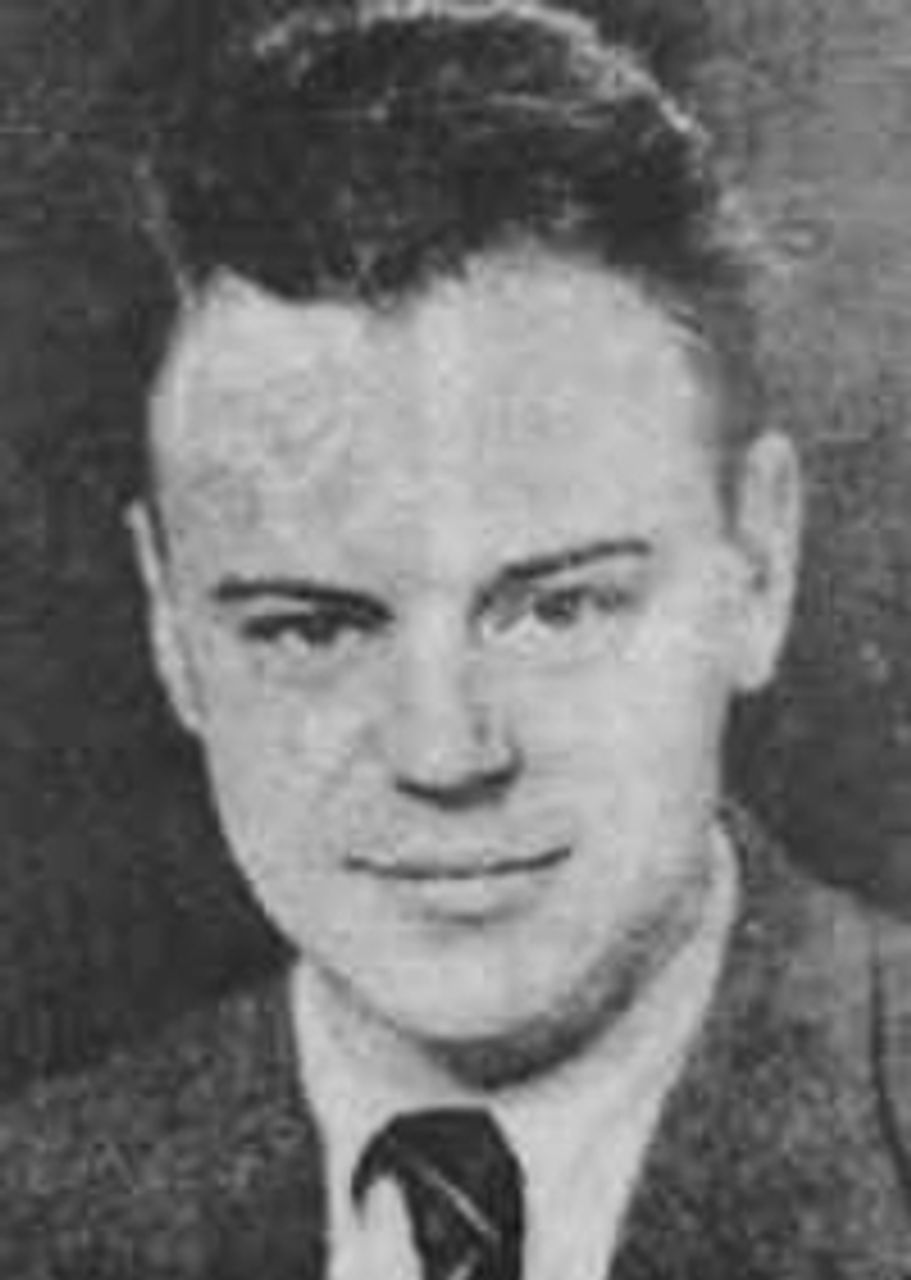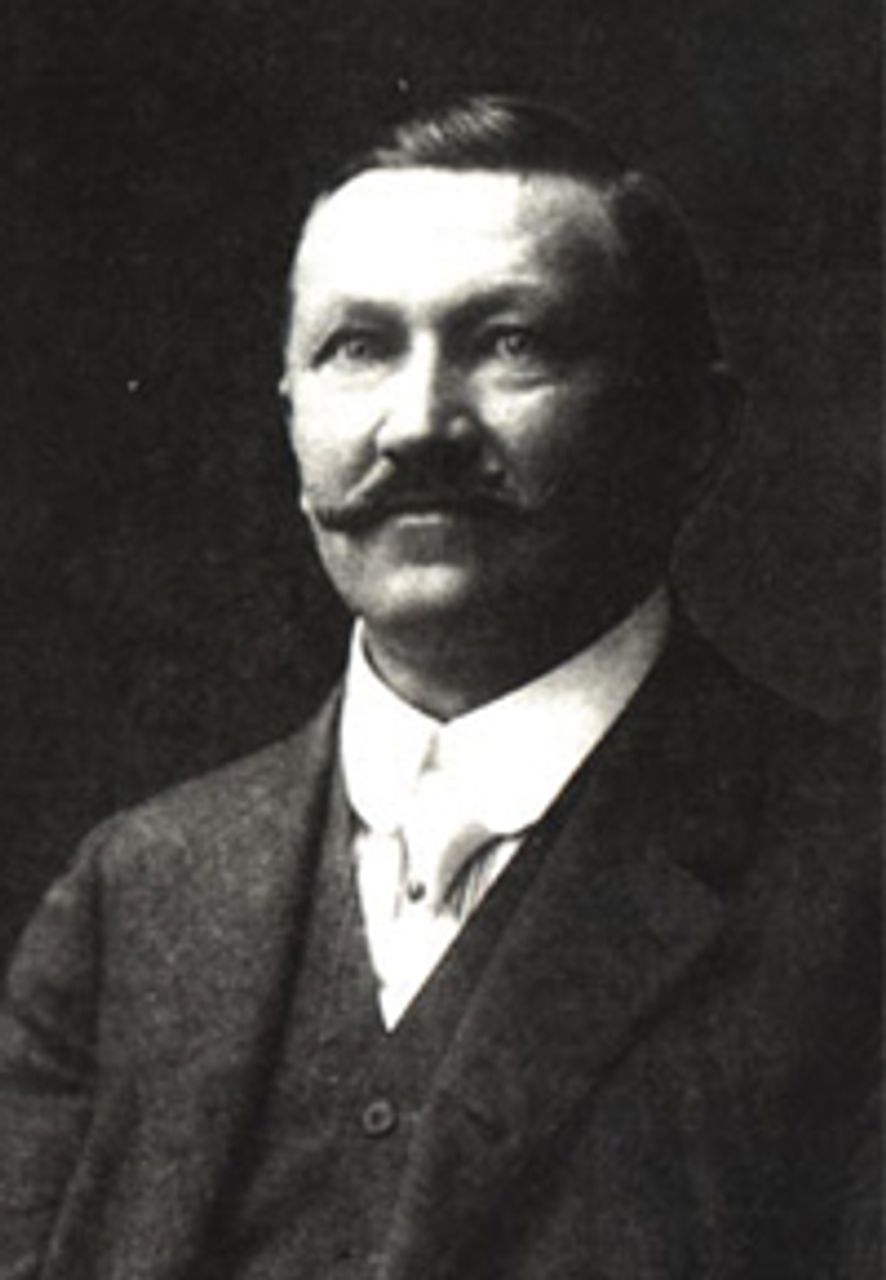This Week in History provides brief synopses of important historical events whose anniversaries fall this week.
25 Years Ago | 50 Years Ago | 75 Years Ago | 100 Years Ago
25 years ago: Ford hit by strikes in UK and worldwide
 Ford Works, Dagenham, England 1973
Ford Works, Dagenham, England 1973Auto workers at all 22 of Britain’s Ford plants entered the second week of their strike on February 15, 1988. Prior to the walkout, 32,500 production workers voted overwhelmingly on two occasions to reject the company’s attempt to introduce drastic changes in shop floor work rules. Ford responded to the votes by withdrawing its offer of a 7 percent pay increase the first year and 2.5 percent on top of inflation in subsequent years of the contract.
The same day the strike began in Britain, Ford was struck by nearly 1,000 workers at its Chihuahua, Mexico plant, demanding a 50 percent pay increase and a 40-hour work week. In Taiwan, where all strikes were illegal under the Kuomintang government, 1,700 Ford workers staged a strike for increased wages. Ford was forced to concede by paying a monthly $350 in profit-sharing bonuses. The autoworkers’ average wage was $630 a month. The right-wing di ctatorship ran the island as a slave-wage haven for US and Japanese multinational corporations.
The Ford strike in Britain took place nine years into the anti-worker government of Margaret Thatcher, which paralleled the antilabor onslaught of the Reagan administration in the US. The determination of workers to fight forced the strike on the trade union leaders, who had attempted to push through a sellout agreement with the company. The strike cost Ford an estimated $30 million a day, causing thousands of layoffs in the Genk and Antwerp, Belgium plants and threatening thousands of layoffs elsewhere in Europe due to parts shortages.
After 11 days, the strike was settled, with Ford conceding to most of workers’ demands, backing down on the work rule changes and agreeing to a 14 percent wage increase over two years.
50 years ago: Italian metal strike ends
 Palmiro Togliatti
Palmiro TogliattiOn February 17, 1963, 800,000 Italian metal and auto workers returned to the job having won shorter working hours and higher wages in a nine-month strike that was among the most disruptive in Italian postwar history. The association of Italian big businesses, the Confindustria, now recognized the Communist Party (PCI) led unions, the CGIL and the FIOM, as national agents for key metalworking and automotive industries.
The strike revealed the rising militancy of the Italian working class, a trend which would carry on and peak in near-revolutionary fashion in the “Hot Autumn” of 1969. In 1962 millions of Italian workers and civil servants went on strike or threatened to strike. That year firms with mixed state-private backing recognized national collective bargaining, setting the stage for the struggle in the automotive and metal industries.
The militancy of the workers shocked even the CGIL, which condemned “anarchistic” behavior. When metalworkers fought back against police in Turin in 1962, Communist leaders including Palmiro Togliatti, “were no less surprised” than industrialists, in the words of the New York Times. That year the PCI issued a statement condemning “maximalist radicalism and spontaneous anarchical labor outbreaks.”
The PCI had in fact been the central bulwark of the capitalist order in Italy. At the close of WWII, when the socialist-minded workers had revolted against Italian fascism and held power in their hands in the industrial north, the PCI, acting on the orders of Stalin, told workers to lay down their arms and support the new pro-US regime.
With industry rebuilt using the latest mass production technologies, with enormous funds pumped into the economy through the US Marshal Plan, and with wages and conditions held low by a repressive anti-working class regime supported by the PCI, Italian capitalism grew rapidly—at more than twice the clip of US economic growth during its “post war boom.” The Italian “economic miracle,” however, greatly increased the size and power of the working class as millions emigrated from the impoverished South to the industrial North and the leading cities of Milan, Rome, Naples, and Turin. Workers in all parts of Italy came into conflict with the low-wage and remedial social spending policies of the Christian Democratic Party and the entire political order that tacitly backed it, including the PCI.
75 years ago: GPU assassinates Trotsky’s son Leon Sedov
 Leon Sedov
Leon SedovOn the February 16, 1938, Leon Sedov, the eldest son of the Russian revolutionary Leon Trotsky and his second wife Natalya, was murdered in Paris by Stalin’s agents. While recovering from intestinal surgery days earlier, Sedov’s health suddenly took a turn for the worse and he died a terribly painful death. He was just 32.
After the assassination, Trotsky said of his son, “On almost all my books written since the year 1929 his name should in justice have figured next to mine.”
Sedov suffered under the enormous pressure of constant threats made upon his life by the Stalinist bureaucracy in Moscow. He was, together with his father, the primary target of the Moscow Trials, which led to the physical destruction of the entire old Bolshevik leadership he had grown up knowing intimately. Sedov suffered for a protracted period from sickness and insomnia. But because of his unbending diligence to the cause of international socialism and the struggle against Stalinism, he repeatedly delayed an impending operation.
On February 8 Sedov suffered his worst yet attack of appendicitis and was taken into care with acute intestinal pain. However, a Stalinist agent using the name “Etienne,” Mark Zborowski, had wormed his way into Sedov’s confidence and encouraged Trotsky’s son to seek treatment at the Mirabeau, a small Parisian clinic run by emigre Russian doctors.
Sedov presented himself at the clinic as Monsieur Martin, a French engineer, and Zborowski encouraged Sedov to speak French at all times. No French comrades were to visit nor even know where he was. The Mirabeau was, however, a haven of Stalinist agents and informers. As Trotsky’s biographer Isaac Deutscher noted of Sedov, under extreme circumstances and pressure “Evidently, his critical sense and instinct of self preservation were blunted.”
When Lev was taken ill, Zborowski made two phone calls; one for an ambulance to collect Sedov, and another to Soviet intelligence. Zborowski was assisted in his tasks by another Stalinist agent in the Trotskyist movement, Lola Estrine.
On the night of February 13 Sedov was found wandering around a strangely unguarded and unattended part of the clinic. He was half naked, delirious and shouting in Russian. An immediate emergency operation was carried out but brought no improvement. In vain doctors attempted repeated blood transfusions. Zborowski later said that the day Lev Sedov was killed “was the happiest day of my life.”
100 years ago: Austrian socialist leader assassinated
 Franz Schuhmeier
Franz SchuhmeierOn February 11, 1913, Franz Schuhmeier, a leader and parliamentary representative of the Austrian socialist movement, was assassinated at a railway station in Vienna. Schuhmeier’s killer, Paul Kunshak, was the unemployed brother of Leopold Kunshak, a parliamentary representative of the virulently anti-Semitic Christian Social Party.
Born to working class parents in 1864, Schuhmeier met the socialist movement while working in a paper mill. He played a leading role in the establishment of workers political education associations, for which he was victimized and jailed in the late 1880s. He began editing the Volkstribune, a socialist paper, in 1894. Schuhmeier was elected party secretary of the Social-Democrats in 1896, and was elected to Vienna’s municipal council as a representative of the party in 1900. In 1901, he was elected to the Imperial Diet, or parliament, and he continued to represent the socialist movement in parliament until his assassination.
Schuhmeier’s funeral cortege was followed by between 250,000 and half a million people, making it the largest demonstration in Vienna’s history. Leon Trotsky explained that because of his class background, Schumeier was a type of leader who embodied the “political and spiritual conquests of the working class.” He wrote, “The proletariat can look into such leaders as into a mirror where it can see the best sides of its class self.”
In a commemoration written shortly after the assassination, Trotsky, who had seen Schumeier give speeches while he was an exile in Vienna, wrote:
“NATURE had given him a fiery, inextinguishable temperament and the sacred ability to rebel again and again, to love, to hate and to curse. Birth had given him a vital and never weakening bond with the suffering and struggling masses. The party had given him an understanding of the conditions for the liberation of the proletariat. All this taken together formed this magnificent personality, well-known and cherished, but now mourned, far beyond the limits of Vienna and Austria.”
